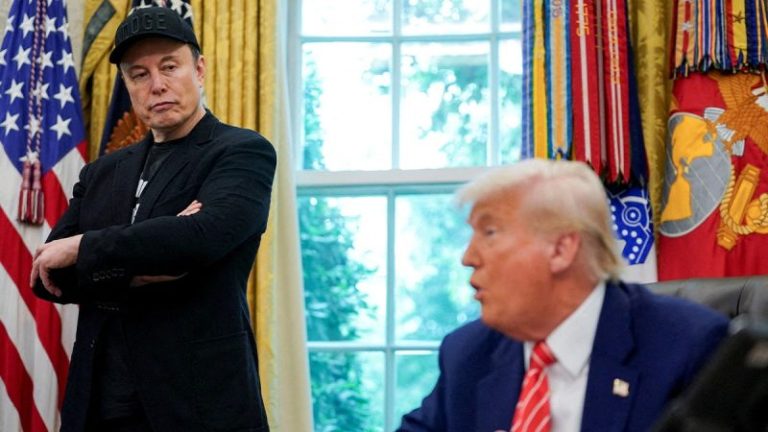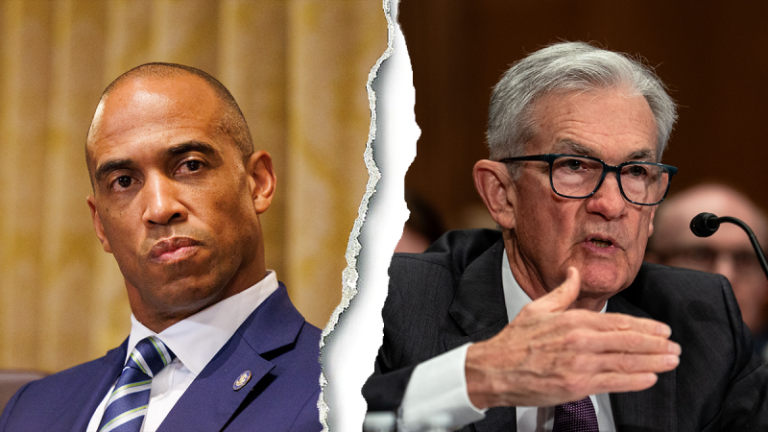From ‘super genius’ to ‘CRAZY,’ President Donald Trump has changed his tune about SpaceX and Tesla CEO Elon Musk in a matter of months, while the tech mogul has backpedaled his support for the Republican Party and called for a new, third American political party instead.
Musk unveiled the creation of the so-called ‘America Party’ after Trump signed into law his massive tax and domestic policy bill, which Musk staunchly opposed due to concerns that it would increase the federal deficit.
‘Today, the America Party is formed to give you back your freedom,’ Musk said in a July 5 X post.
While there is an appetite for a third party in the U.S., Musk’s so-called America Party is not likely to pick up steam and the tech mogul would have better luck driving reforms in the Republican Party, according to experts.
‘Elon’s effort will go nowhere,’ Republican strategist Matt Gorman said in an email to Fox News Digital. ‘But I don’t doubt it’ll make a lot of consultants rich in the process.’
Meanwhile, Gorman said candidates undoubtedly would prefer an endorsement from Trump over financial backing from Musk – the largest donor in the 2024 election cycle who contributed approximately $295 million to Republicans.
‘If given a choice between a Trump endorsement or $20 million in ads from Elon, it’s not even a contest,’ said Gorman, who previously served as the communications director for the National Republican Congressional Committee. ‘They’d take the Trump endorsement every single time.’
Political columnist Kristin Tate said that while Musk was helpful in driving public support from wealthy Silicon Valley Americans for Trump, it’s unlikely these same tech leaders would abandon Trump and follow Musk instead.
‘Trump is the beating heart of the Republican Party right now,’ Tate said in an email to Fox News Digital.
‘Elon Musk would be better off trying to shape politics from within the Republican Party,’ Tate said. ‘A third party effort is doomed to fail. Most of President Trump’s supporters see the effort as hostile to Trump and will not support Musk. Meanwhile, all Democrat voters have been conditioned to despise Musk, so they will not support him either.’
Tate said Trump and Musk should attempt to repair their relationship because ‘both men bring something important and unique to the GOP.
‘By leaving Trump, and the GOP generally, Musk will chisel off a small fraction of Republican Party voters – a fraction that will not be nearly big enough for his new party to win elections, but could be a spoiler for Democrats in elections with extremely tight margins,’ Tate said.
Alex Keyssar, a history professor at Harvard Kennedy School of public policy, said that given dissatisfaction with the two-party system right now, it’s possible that more third-party candidates could win state and local elections. But it’s unclear if that would translate over to national elections because the rules governing elections and who may appear on ballots pose additional limitations for those candidates, he said.
‘There’s a lot of popular sentiment looking for something else that is creating pressures for a third party,’ Keyssar told Fox News Digital. ‘In that sense, Elon Musk is on to something.’
Still, voters don’t appear interested in a third party affiliated with Musk. While 49% of U.S. voters said they would consider joining a third party, 77% said they weren’t on board if Musk created it, according to a new Quinnipiac University poll released Wednesday.
Musk’s relationship with Trump first started to unravel, at least publicly, in May toward the end of Musk’s tenure overseeing the Department of Government Efficiency (DOGE).
Shortly after Musk’s exit from DOGE, the two traded barbs over the ‘big, beautiful bill,’ where Musk said Trump wouldn’t have won the 2024 election without his backing. Likewise, Trump accused Musk of going ‘CRAZY’ over cuts to the electric vehicle credits that benefit companies like Tesla, and said Musk had been ‘wearing thin.’
Meanwhile, Trump isn’t counting on Musk’s political party taking off anytime soon, and told reporters July 6 that he believed another party ‘just adds to confusion.’
‘Third parties have never worked, so he can have fun with it – but I think it’s ridiculous,’ Trump said.










